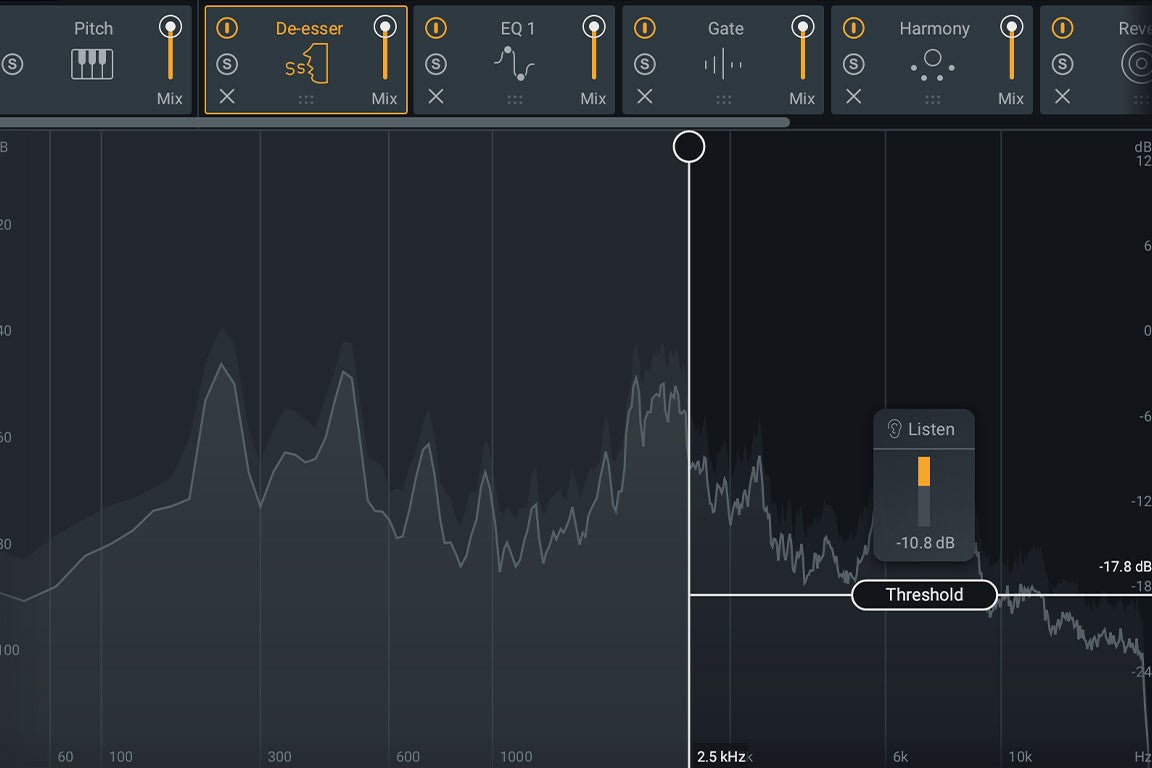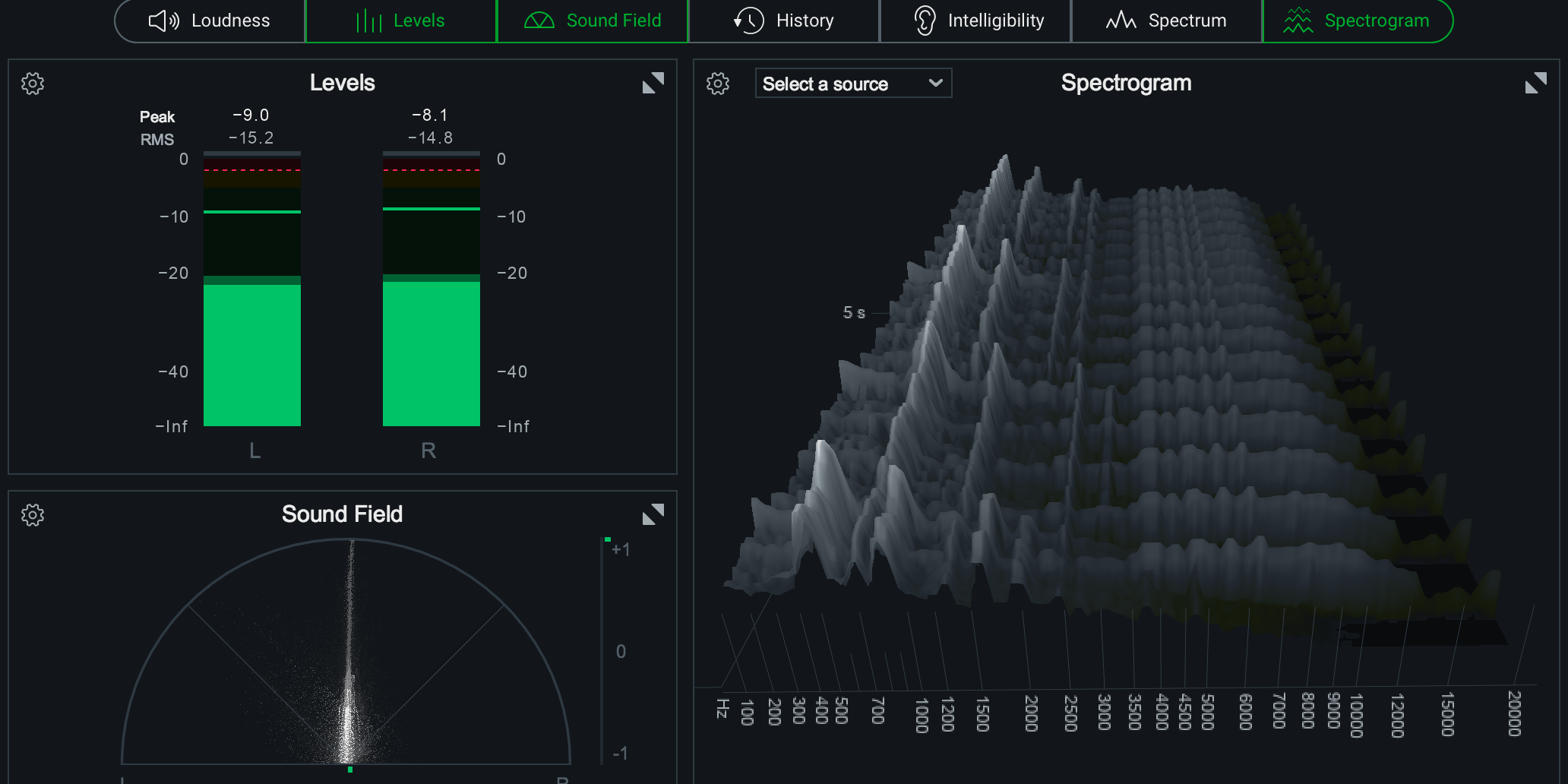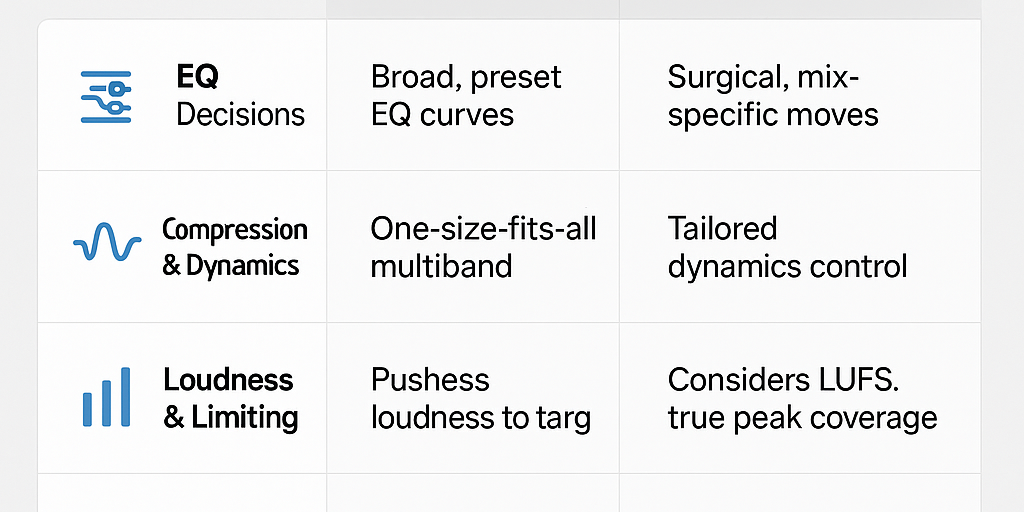Using a De-Esser in Mixing and Mastering
A de-esser is a type of audio processor that is used to reduce or eliminate Sibilance sounds, such as "s" and "sh" sounds, in a vocal or instrumental recording. Sibilance sounds can be harsh and unpleasant to listen to, and they can be particularly problematic in the mixing and mastering phases of music production.
Here's how to use a de-esser in the mixing and mastering phases of music production:
-
Identify Sibilance sounds: The first step in using a de-esser is to identify the sibilant sounds in your recording. You can do this by listening carefully to the track and looking for any harsh or piercing sounds that stand out.
-
Set up the de-esser: Once you have identified the Sibilance sounds in your recording, you can set up the de-esser to process them. Most de-essers have a threshold control, which allows you to set the level at which the de-esser will start processing the signal. You can also set the frequency range of the de-esser, which determines which frequencies will be affected by the processing.
-
Adjust the de-esser: After setting up the de-esser, you can adjust its settings to achieve the desired level of Sibilance reduction. You can adjust the threshold control to fine-tune the level at which the de-esser starts processing the signal, and you can adjust the frequency range to focus on specific Sibilance sounds. You may also need to adjust the amount of reduction applied by the de-esser, depending on the intensity of the Sibilance sounds in your recording.
-
Fine-tune the de-esser: After adjusting the de-esser, you should fine-tune its settings to achieve the best results. This may involve using a spectral analyzer to identify the specific frequencies of the Sibilance sounds, and then adjusting the de-esser's frequency range to match those frequencies. You may also need to adjust the threshold and reduction settings to achieve the desired level of Sibilance reduction.
-
Use the de-esser in the mastering phase: After mixing your track, you can use the de-esser in the mastering phase to further reduce any remaining Sibilance sounds. You may need to adjust the de-esser's settings to account for any changes in the overall level of the track during the mastering process.
Using a de-esser can greatly improve the clarity and listenability of your recordings by reducing harsh Sibilance sounds. Let me know in the comments if you have other techniques or thoughts about eliminating harsh Sibilance.



